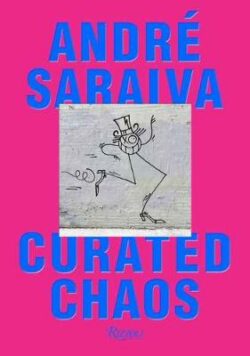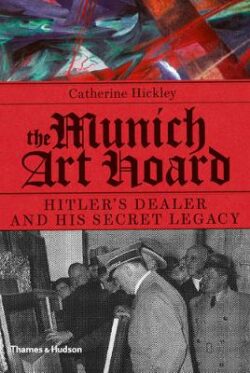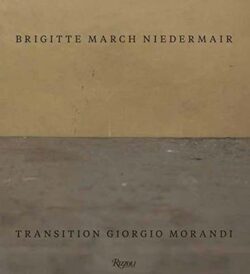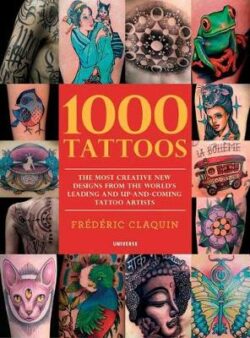Anna Weyant
$325.00
Out of stock
Alert me when product is restocked
Description
Anna Weyant is the first monograph published by Gagosian that is devoted to the New York-based artist best-known for her precisely rendered figures with their creamy curves and soft beauty, which simmer with the tensions between feminine sexuality and purity, tragedy, and comedy. With a dark sense of humor, Weyant unpicks the tropes and traditions of art historical representation, interrupting masculine expectations to often absurd and excruciating effect. Particularly drawn to the uncertainties of adolescence, the artist captures young females in situations of intimate weirdness and catastrophe. The resonance of art history and the effect of doubling are topics discussed in essays by both John Elderfield and Yvonne Owens. Elderfield explores the meaning of the uncanny in film, painting, and sculpture, examining the strangeness of familiarity, and the difference between a real figure and a porcelain doll or an automaton. Owens highlights the pictorial devices reimagined by Weyant, including the still life and seductive symbols of vanitas and memento mori. Naomi Fry describes the potential violence of the double and the menace of everyday objects in Weyant s world, which she compares to a velvet-lined jewel box softly sealed shut. With wry reference to pop culture, Fry asserts the subtle differences and multiple viewpoints that reveal the painter s virtuosity and the fullness of female experience. In a conversation between Weyant and Edward Steed, the artist and the acclaimed cartoonist for the New Yorker discuss the awkwardness of fame, the sweet spot of comedy, and the indescribable nature of a great work of art.
Additional information
| ISBN | 9780847832491 |
|---|---|
| Dimensions | 264 x 321 mm |
| Book Type | Hardback |
| Author | John Elderfield |
| Author Bio | John Elderfield is chief curator emeritus of painting and sculpture at New York s Museum of Modern Art and was the inaugural Allen R. Adler, Class of 1967, Distinguished Curator and Lecturer at the Princeton University Art Museum, New Jersey. He joined Gagosian in 2012 as a senior curator for special exhibitions. Naomi Fry is a staff writer at the New Yorker, where she writes about culture in its various forms. Yvonne Owens writes about art, culture, emotional histories, and the philosophy of art. Her publications to date have focused mainly on representations of women and the gendering of evil in classical humanist discourses. Her most recent book is Abject Eroticism in Northern Renaissance Art: The Witches and Femmes Fatales of Hans Baldung Grien (Bloomsbury, 2020). Edward Steed is a cartoonist. He has been contributing cartoons and covers to the New Yorker since 2013. |
| Number of Pages | 220 |




